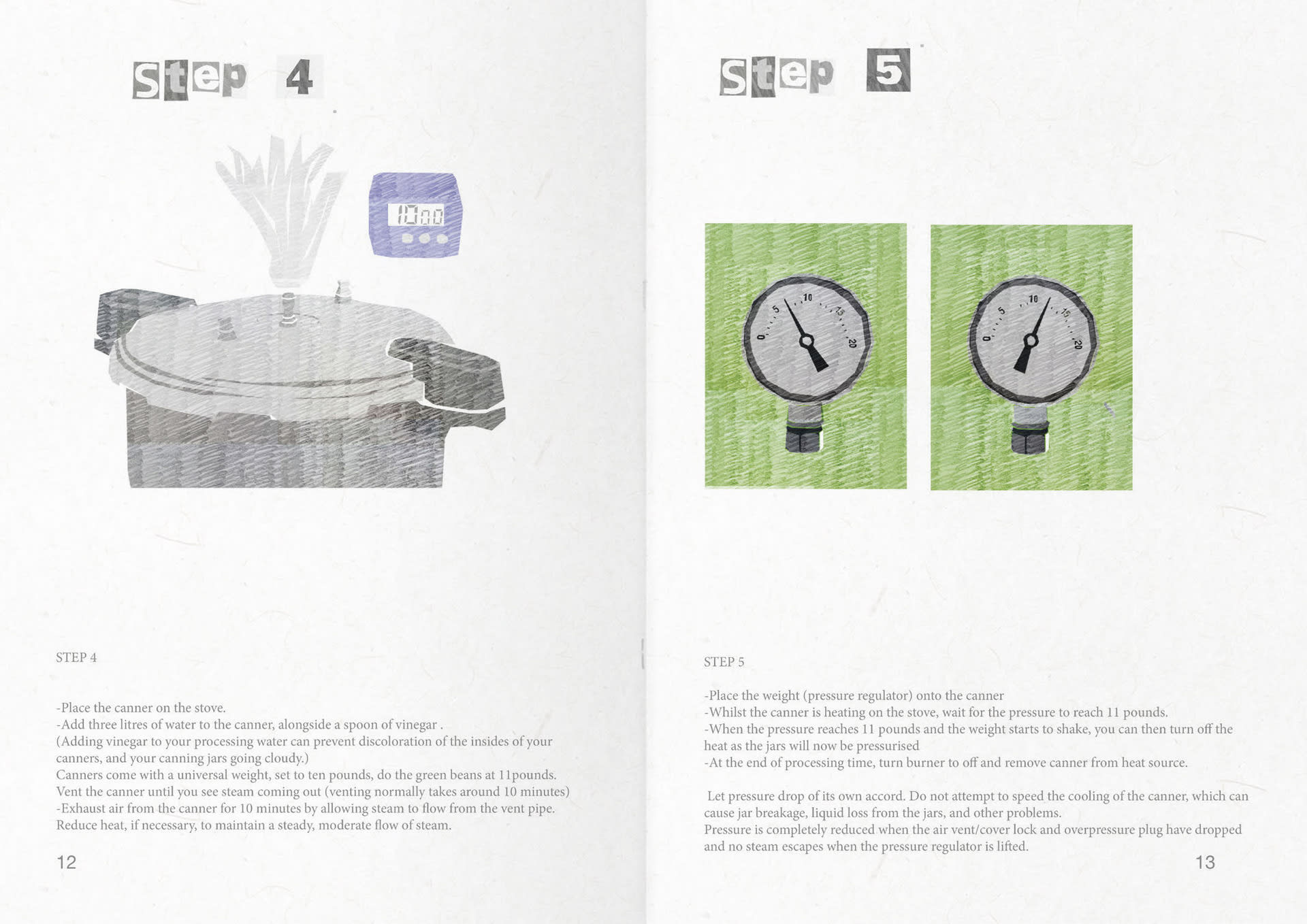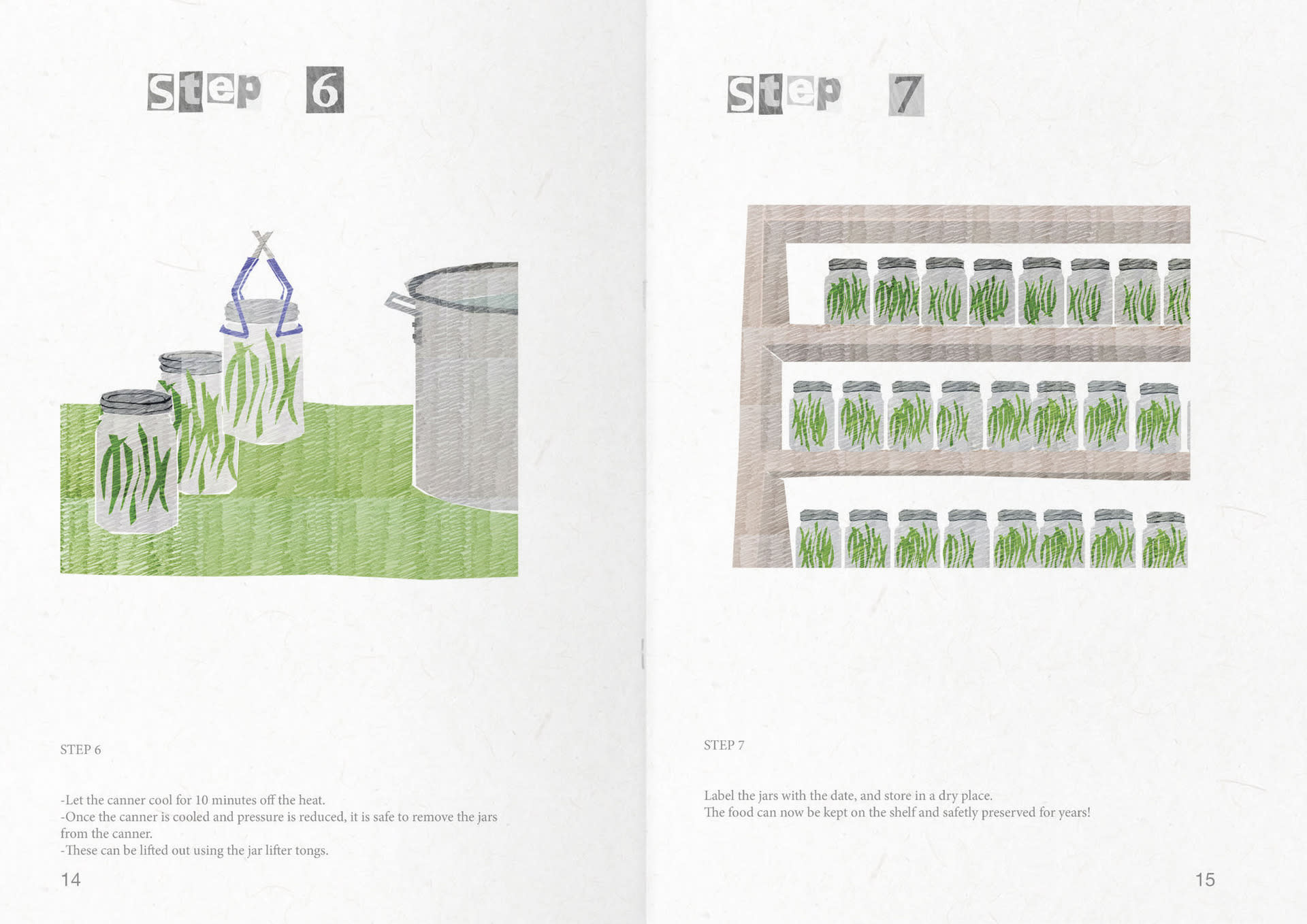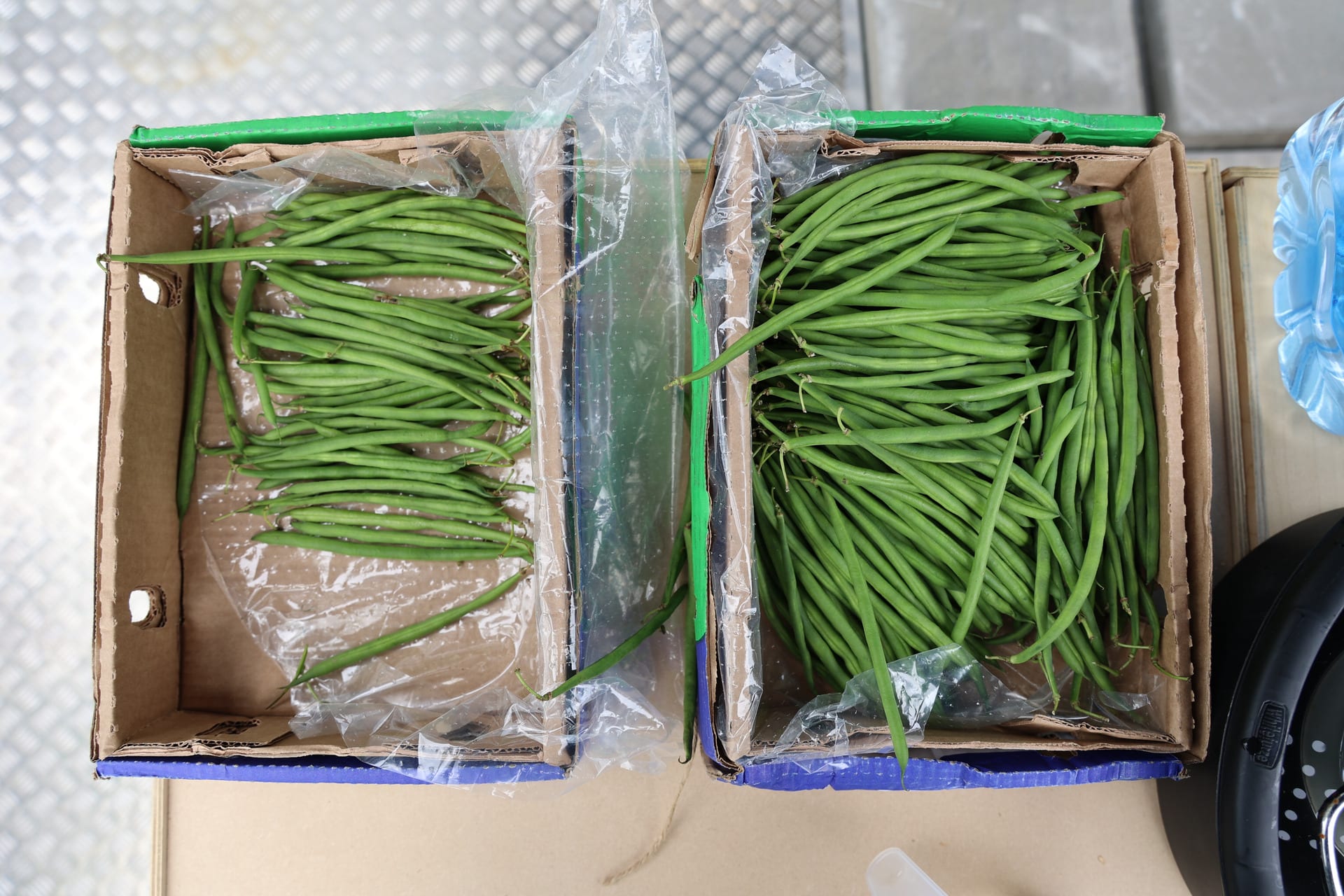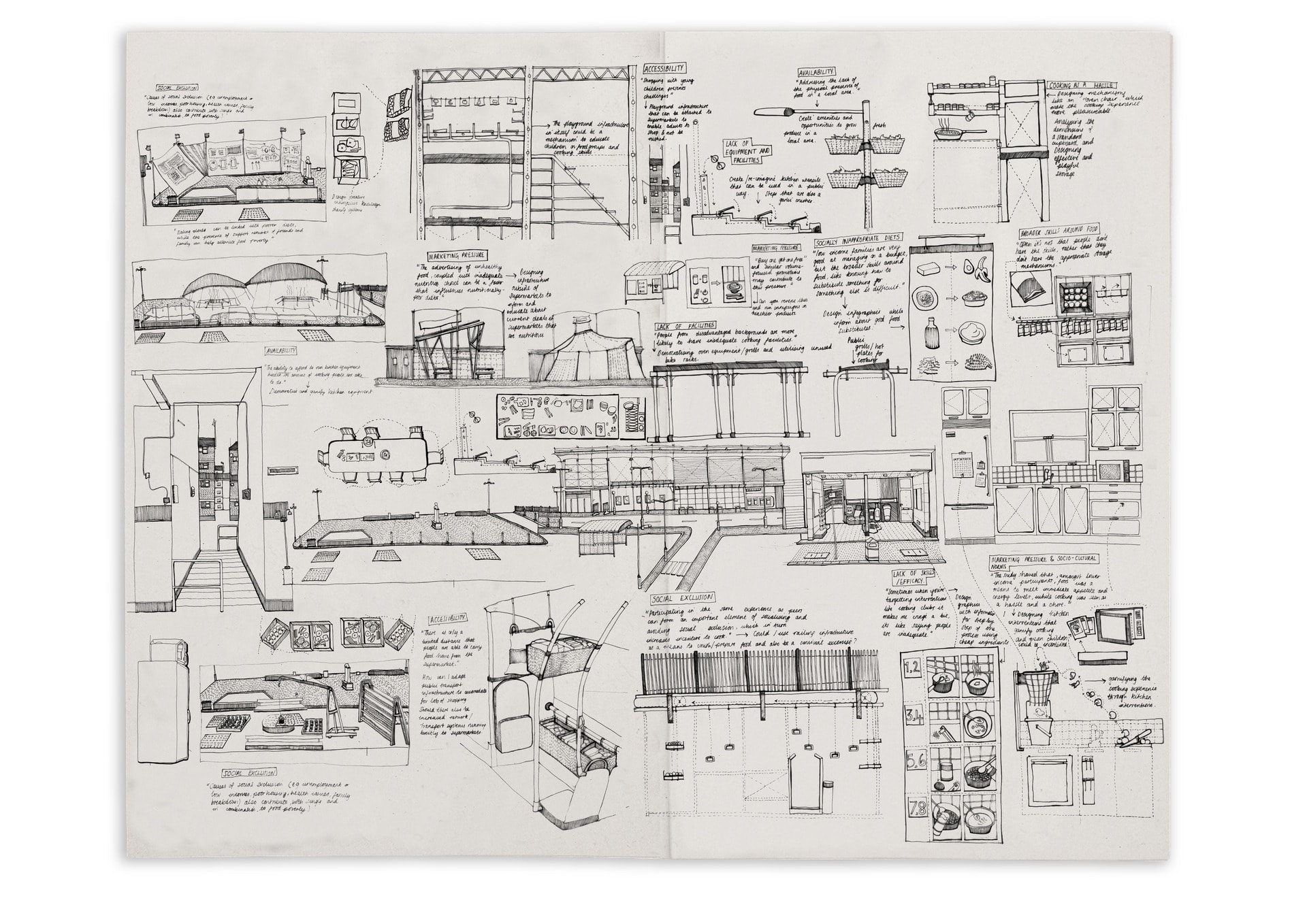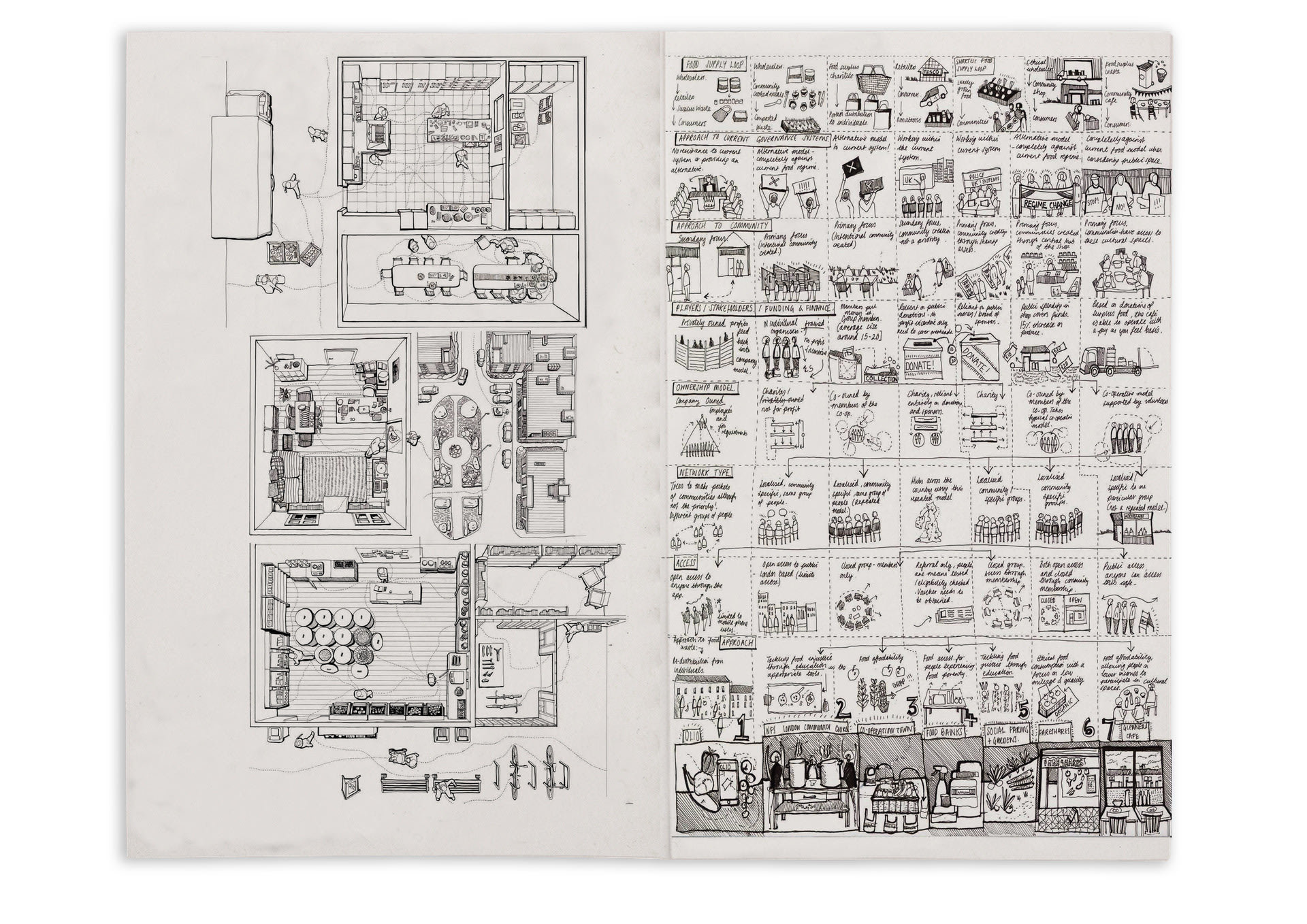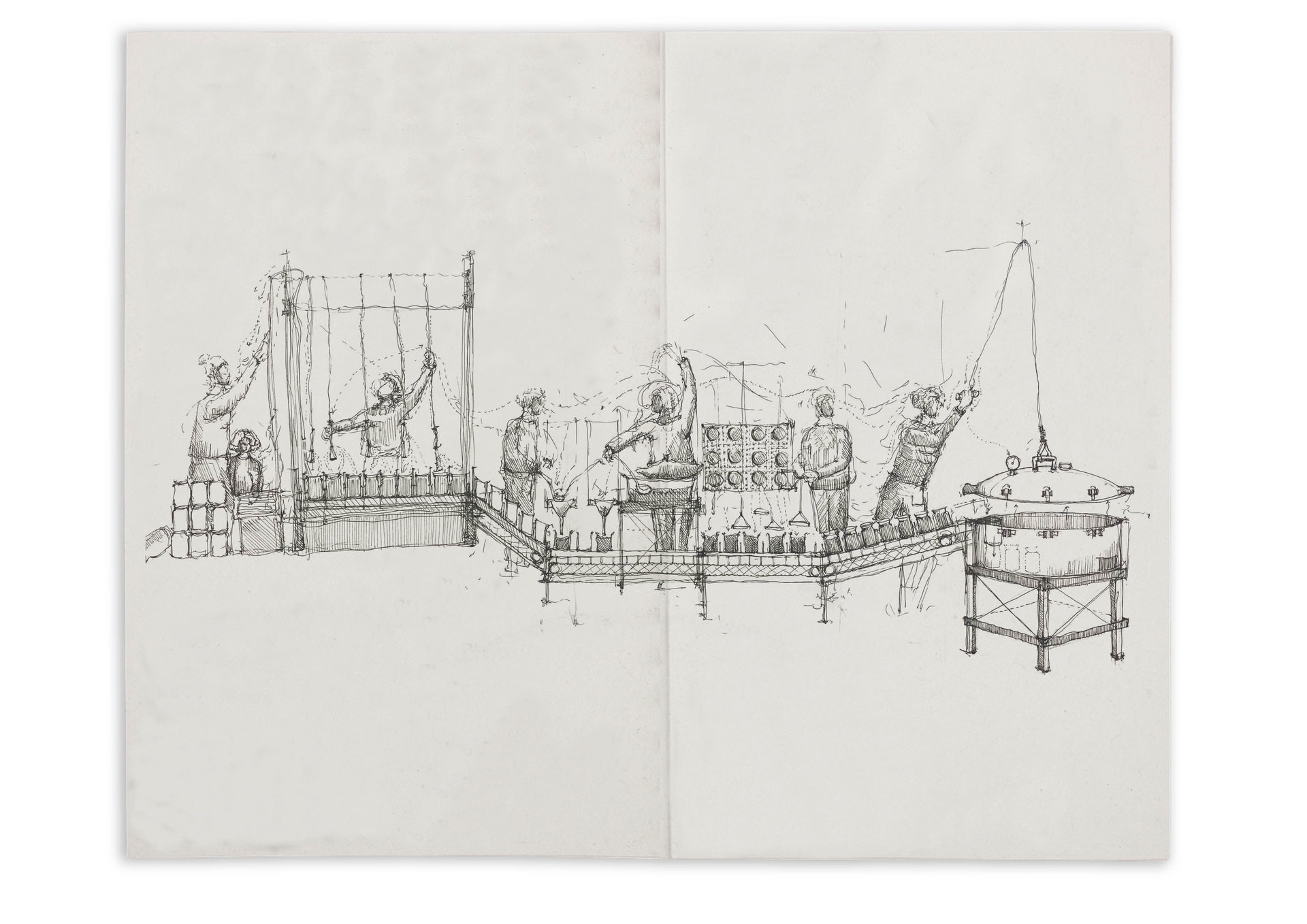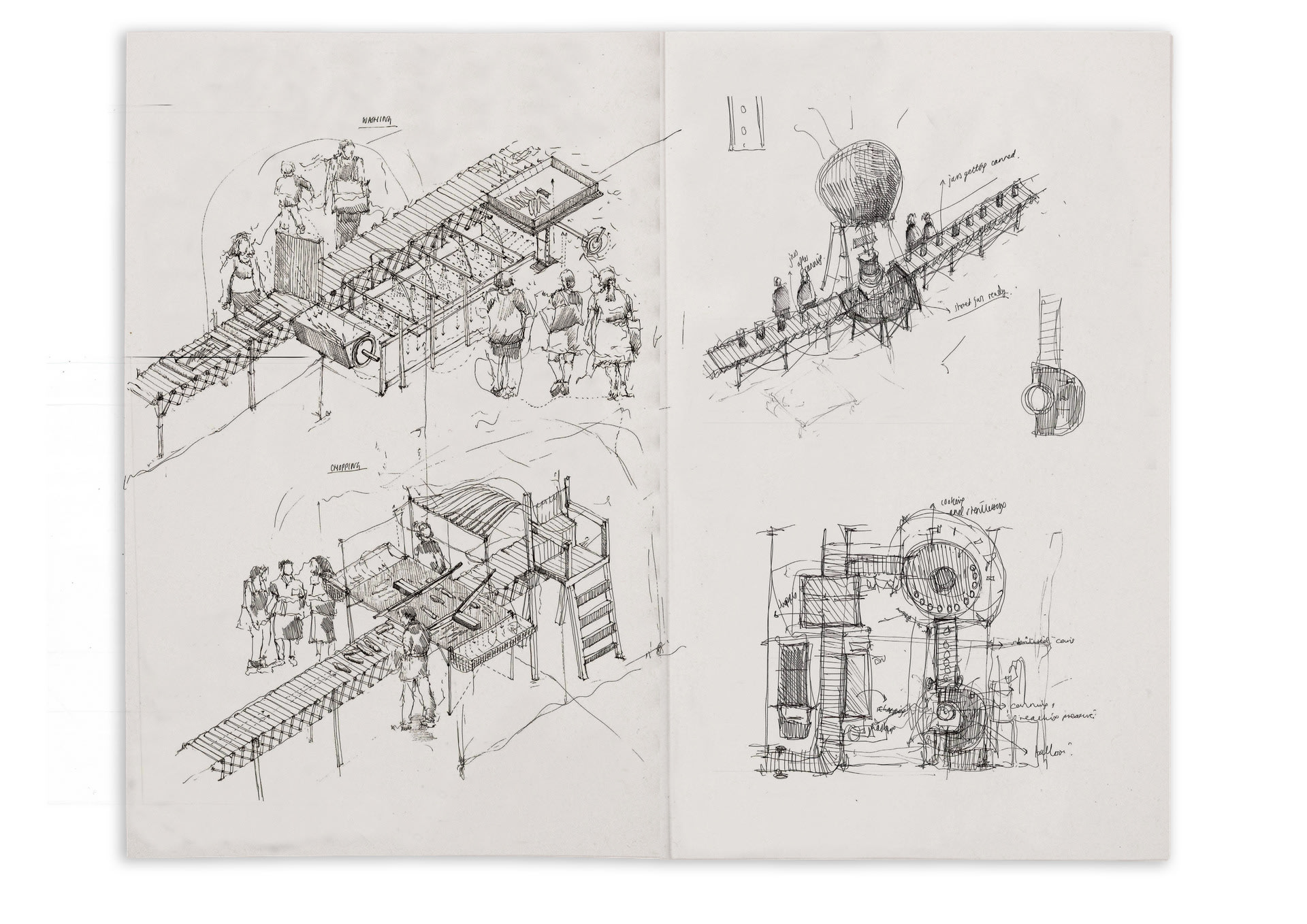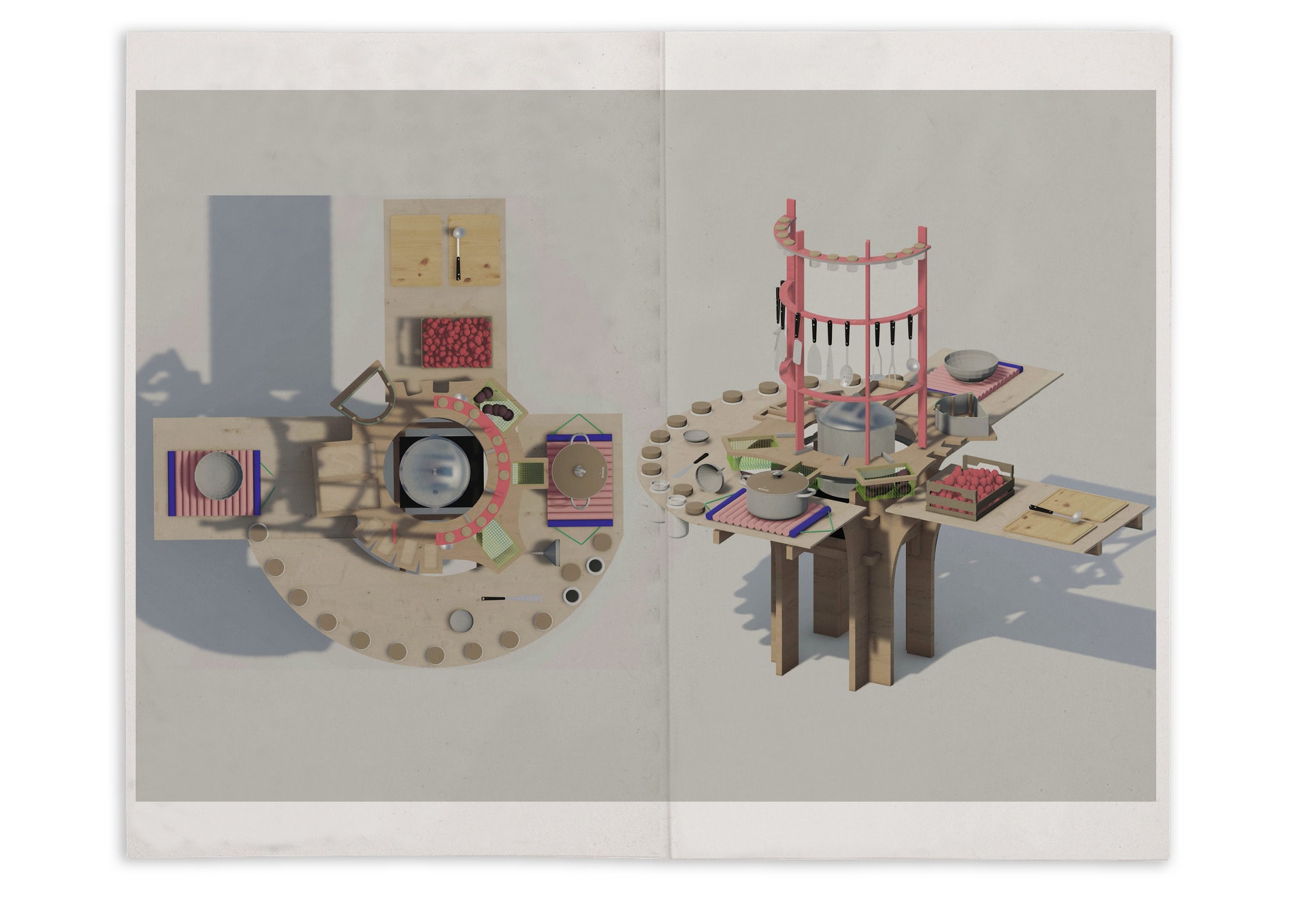Rosie Park is an architectural designer interested in various forms of inclusive spatial practise. Her work centre’s around architecture’s capacity to serve communities.
Rosie graduated from Manchester School of Architecture in 2020, where she received the ‘Steacy Greenaway Prize’ for most outstanding studio work.
During the first year of her masters, Rosie proposed the design for Lewisham Youth Theatre. For this project she was awarded the Technical Studies prize at RCA.
Rosie has a strong interest in public engagement. She co-founded a not-for-profit arts collective in 2018, which hosted nine different large-scale events within the city, with the desire to create equitable and inclusive spaces for amateur artists to perform, make or sell work.












